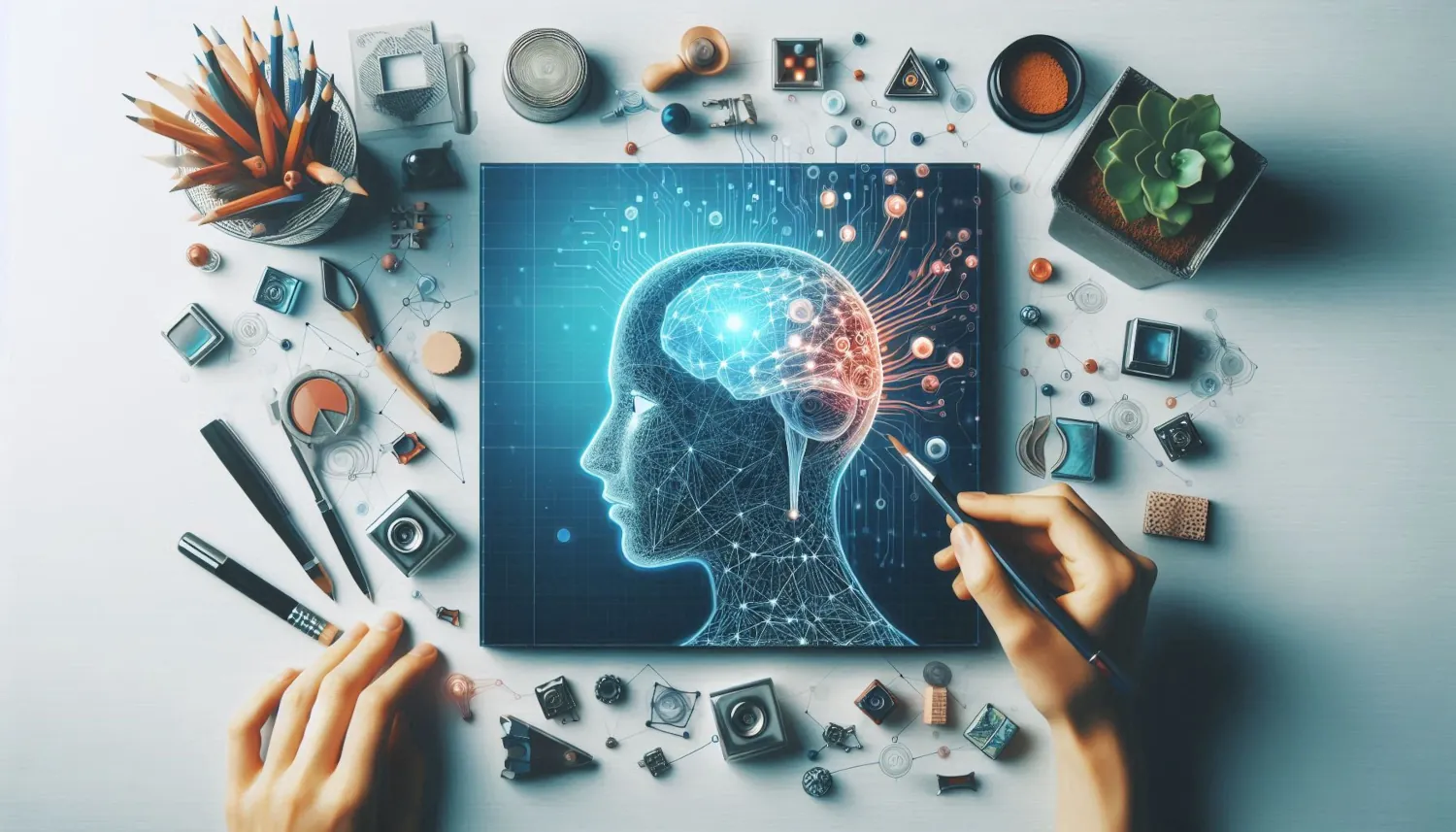TLDR
Neurosymbolic AI overcomes deep learning's limitations in common sense reasoning, explainability, data efficiency, and complex problem-solving by integrating neural networks with symbolic logic, offering a more robust and understandable AI solution.
Introduction
Deep learning has revolutionized pattern recognition, but it falters when it comes to common sense, explainability, and complex reasoning. Neurosymbolic AI emerges as a powerful solution, blending the strengths of neural networks with symbolic logic to enable machines to process concepts and reason more effectively, paving the way for more trustworthy and capable AI systems.
The Achilles' Heel of Deep Learning
Deep learning models often operate as "black boxes," obscuring their decision-making processes. Their struggles with common sense and multi-step logical reasoning also limit their practical applications. [STAT: According to a 2023 study, deep learning models achieve only 60% accuracy on tasks requiring common sense reasoning, compared to 90% for humans.] This opacity and lack of reasoning ability hinders their use in domains where transparency and complex problem-solving are paramount.
Neurosymbolic AI: Bridging the Gap
Neurosymbolic AI offers a remedy by combining the pattern recognition capabilities of neural networks with the structured reasoning of symbolic logic. By embedding explicit rules and symbolic structures, it provides a framework for machines to process concepts and reason more effectively, enabling them to grasp fundamental concepts that elude deep learning models alone.
Learning More with Less: Data Efficiency
Traditional deep learning models demand vast amounts of labeled data for training. Neurosymbolic systems, however, can leverage prior knowledge and logical rules to learn from significantly fewer examples. [STAT: Neurosymbolic AI can achieve comparable accuracy to deep learning with up to 80% less data, according to a 2024 report by MIT.] This advantage is particularly crucial in fields where data is scarce, such as rare disease diagnostics or specialized industrial applications.
Unveiling the Black Box: Explainability and Trust
The opaque nature of deep learning raises serious concerns about trust, particularly in sensitive sectors like healthcare and finance. Neurosymbolic AI enhances explainability by providing rule-based decision paths, making it easier to trace and understand the reasoning behind a particular outcome. This traceability fosters greater trust and accountability.
Beyond Pattern Matching: Generalization and Reasoning
Deep learning models often struggle to generalize beyond their training data. Neurosymbolic AI, with its incorporation of symbolic reasoning, exhibits better transferability to new scenarios. Furthermore, it excels at complex reasoning tasks requiring multi-hop inference and the maintenance of entity relationships, enabling advanced problem-solving capabilities beyond simple pattern matching. For example, neurosymbolic AI can streamline complex billing and payment workflows.
Conclusion
Neurosymbolic AI represents a significant step forward in AI development, integrating the pattern-recognition power of neural networks with the precise reasoning of symbolic logic. By addressing the limitations of deep learning in common sense reasoning, explainability, data efficiency, and complex problem-solving, neurosymbolic AI paves the way for a more reliable, transparent, and capable future for artificial intelligence.
FAQ
How does Neurosymbolic AI improve upon traditional Deep Learning?
Neurosymbolic AI combines the pattern recognition abilities of deep learning with the reasoning and logic capabilities of symbolic AI. This allows it to address deep learning's shortcomings in areas like common sense reasoning, explainability, data efficiency, and complex problem-solving.
What are some real-world applications where Neurosymbolic AI excels?
Neurosymbolic AI is particularly useful in areas requiring transparency and complex reasoning, such as healthcare diagnostics, financial modeling, and complex workflow automation. Its ability to learn from less data also makes it valuable in domains with limited data availability.
Is Neurosymbolic AI more data-efficient than Deep Learning?
Yes, Neurosymbolic AI can often achieve comparable accuracy to deep learning with significantly less data. This is because it leverages prior knowledge and logical rules to guide the learning process, reducing the need for massive labeled datasets.
How does Neurosymbolic AI enhance the explainability of AI systems?
Neurosymbolic AI enhances explainability by providing rule-based decision paths. This makes it easier to trace and understand the reasoning behind a particular outcome, increasing trust and accountability in AI systems.
What are the key differences between Deep Learning and Neurosymbolic AI?
Deep learning excels at pattern recognition but struggles with common sense, explainability, and reasoning. Neurosymbolic AI combines deep learning with symbolic logic to address these limitations, offering improved reasoning capabilities, data efficiency, and explainability.
